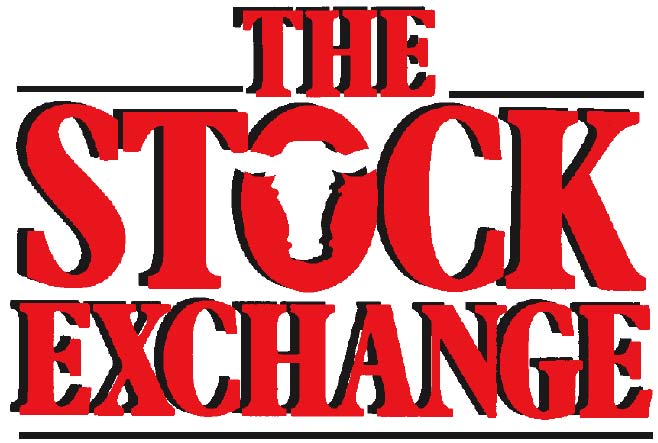Targeting optimum cow size
The average return for an extra 100 pounds of cow weight is five to seven pounds of additional weight of the calf at weaning.. K-State beef cattle specialists discuss factors that influence the most efficient cow size MANHATTAN, Kan. – Genetics, feed resources and calf marketing windows are just some of the influencing factors that determine the optimum size for cows to grow, according to the Kansas State University Beef Cattle Institute’s team…
